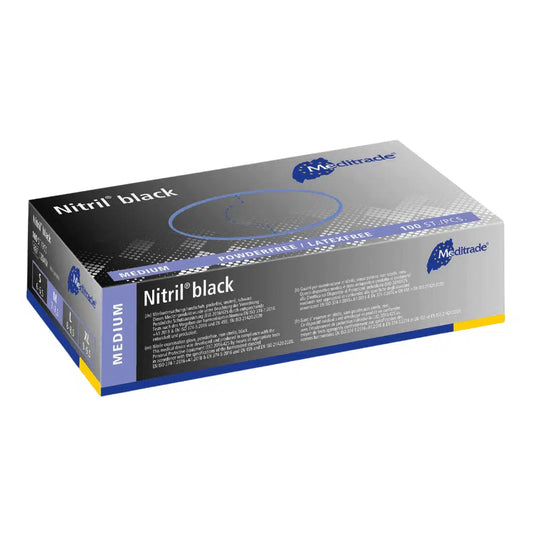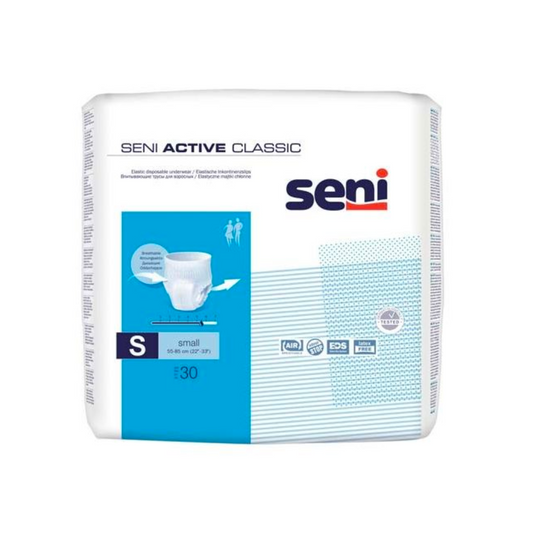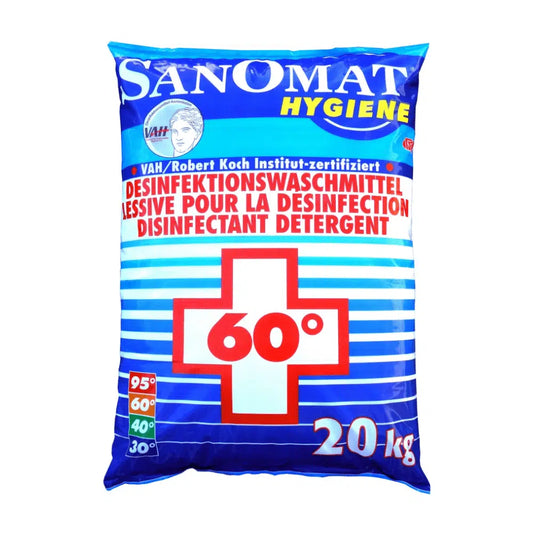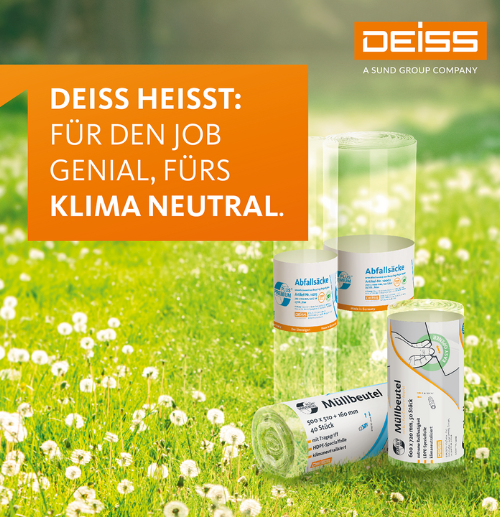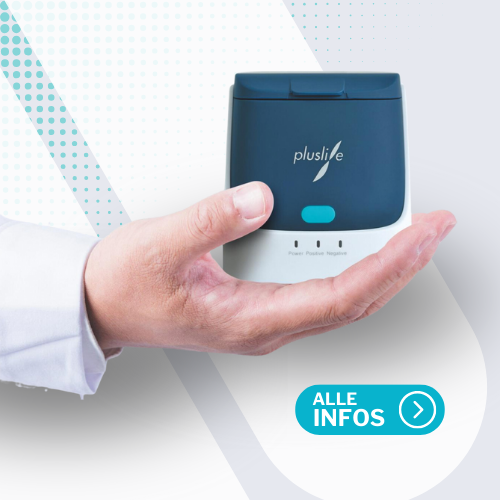
HDPE and LDPE: The two materials in comparison
Whether you believe it or not, plastic has become an indispensable part of our daily life. From the packaging of our food to the bags that we use to transport our purchases - plastic is everywhere. But not all plastics are created the same! Have you ever wondered what the names HDPE and LDPE mean on products? Or what role you play in terms of environment and recycling?
In our Altruan range you will find a variety of products, including garbage bags and bags of Deiss, which mainly consist of HDPE (High-Density Polyethylene) and LDPE (low-density polyethylene). These materials are not only known for their strength and durability, but also for their environmental compatibility. In this guide we dive deep into the world of these plastics and demystify what they are, how they are used and why this information is important for our everyday life.
What is HDPE?
HDPE stands for "high-density polyethylene", a thermoplastic plastic that is obtained from oil. With a higher density than some other types of plastic, HDPE is particularly resilient compared to various chemical and physical influences. Therefore, it is no wonder that HDPE plastic plays a role in so many industrial areas.
From HDPE films to containers-the versatility of this material is impressive. But what makes HDPE so special? One of the main advantages is its resistance to moisture and chemicals, which makes it ideal for use in packaging. Not to forget that HDPE recycling allows you to reuse the plastic, which reduces the environmental pollution. Interestingly, HDPE is food -safe, which means that it can be safely in contact with food without presenting health risks for humans.
What is LDPE?
On the other hand, we have LDPE or "low-density polyethylene". This plastic has a lower density and strength compared to HDPE, but is characterized by its high toughness and flexibility. LDPE films and LDPE bags can be found everywhere in our everyday life, often used for food packaging or as garbage bags.
LDPE material is known for its ability to be bent repeatedly without being damaged, which makes it ideal for applications that require good flexibility. However, the lower density also means that products from LDPE are not as temperature or chemical-resistant as HDPE. But don't worry, LDPE recycling is also possible and is practiced worldwide to reduce the environmental impact.
HDPE vs. Ldpe: Differences and preferences in waste management
In order to completely appreciate the difference between HDPE and LDPE, we have to become a little more technical. The 'density' in these names refers to the ratio of mass and volume in the materials. HDPE, with a higher density, has less molecular space between its fibers, which gives it greater strength and temperature resistance. LDPE, on the other hand, has more space, which makes it more flexible.
Why is that important?
Think of your everyday life: The robust, rigid plastic bottles that contain your cleaning agents or milk are often made of HDPE. This material withstands the pressure and extreme conditions during transport and storage. It also does an excellent job to protect content from contamination, and is still recyclable.
LDPE is often found in softer, more flexible applications. The plastic bags from the supermarket? Most likely from LDPE. It is great for applications that require flexibility, such as plastic films or shopping bags. But it's not just the softness; LDPE is also resistant to acids, bases and herbal oils, which makes it perfect for food packaging.
Preferences in waste management
The difference between HDPE and LDPE becomes particularly clear in waste management. HDPE waste bags are stronger and more resistant to piercing, which makes it ideal for kitchen waste and industrial waste that can contain sharp or rough materials. Their resilience makes them a popular choice for restaurants, hospitals and schools.
LDPE waste bags are not so robust, but their flexibility is their great advantage. They are well suited for office waste or light household waste, where it is less likely that the bag will hit objects. In addition, LDPE bags are often less expensive than their HDPE counterattacks, which makes them a cost-efficient option for large consumers.
And what about recycling?
Both HDPE and LDPE can be recycled, but the process differs due to their chemical structures. HDPE also maintains a certain stability after recycling, which makes it a coveted material for the production of parking benches, toys, and even recyclable containers.
LDPE recycling is a bit more complicated because it tends to lose quality when reworking. It is often used for the production of plastic bags, composting containers or packaging materials. It is important that consumers keep these bags and foils clean and dry to facilitate recycling.
